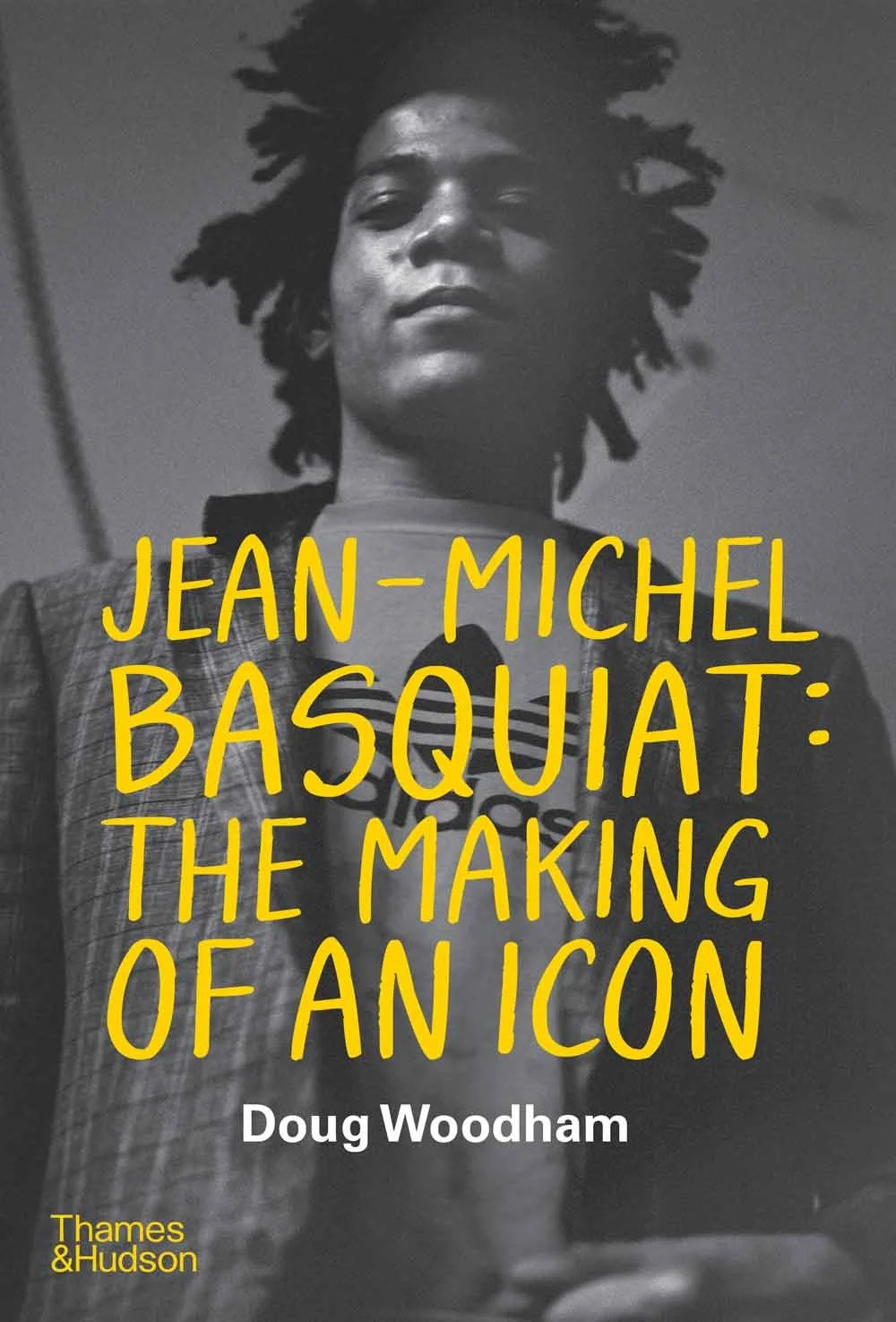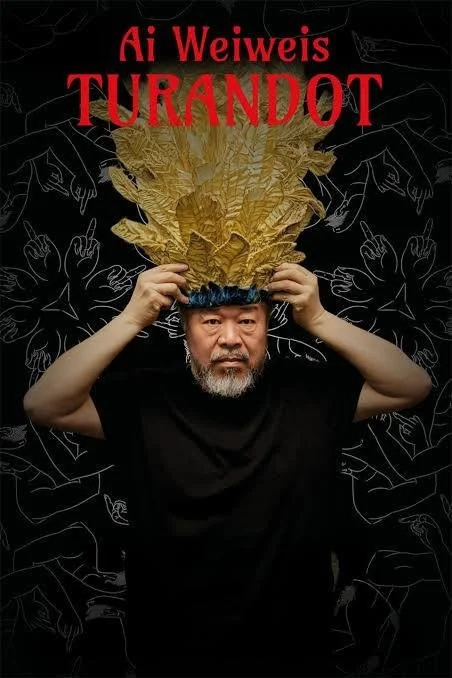Hsin Hwang is a Taisanese visual artist whose work interweaves mythology, female archetypes, and spiritual symbolism across painting, printmaking, and mixed media. A graduate of the Royal College of Art’s MA in Print, Hwang explores the inner landscapes of female existence through colorful visual narratives rooted in animism, folklore, and Jungian psychology. Her practice often incorporates Taiwanese folk rituals, cross-cultural mythologies, and dream imagery to create magical yet introspective worlds. She sees printmaking as a form of meditation, reflecting on life cycles and the repetition of spiritual journeys. Her works are held in the collections of the Royal College of Art and private collectors. In 2025, Hwang’s work was invited to be exhibited in Narratives of Identity at the Saatchi Gallery (London). She is currently preparing for residencies that expand on her exploration of symbolism and the feminine in global cultural narratives. @xinhwang
You grew up in Chiayi, near Taiwan’s sacred Alishan mountain range. How did it influence your art and your thinking about the world? The area is not only known for its misty forests and sunrise views, but also as the homeland of Indigenous communities, whose culture and animistic beliefs deeply shaped my imagination as a child. Growing up surrounded by temple festivals, oral folklore, and Indigenous stories, I became attuned to the invisible layers of meaning in everyday life—rituals, symbols, and the presence of the spiritual in the natural world. This early exposure continues to influence my artistic practice, which often explores mythology, belief systems, and the feminine through a cross-cultural and symbolic lens.
When did you first fall in love with art and realize you wanted to be an artist? For you, what is the importance of the arts? I think I fell in love with art before I even realized it. As a child, drawing was my way of understanding the world—it felt as natural as breathing. I was fortunate to grow up in a family that supported my creative path. Their encouragement gave me the freedom to explore art.
For me, art is a way to preserve love and memory. It holds the things we’re afraid to forget—people, feelings, places, and moments that shaped us. The importance of the arts lies in their ability to express what words often cannot—grief, wonder, transformation, and the invisible threads that connect us. Art creates space for reflection, healing, and connection.
What does your typical day in the studio look like? Walk us through your studio. What grounds you when you begin working in the studio? A typical day in my studio begins with a cup of coffee and music playing in the background—it helps me ease into the creative flow. I usually start by flipping through my sketchbooks, which are filled with fragments of dreams, symbols, and ideas collected over time. I have many sketches, and I choose one based on my mood or intuition that day, then begin transforming it into a larger painting.
What has this current residency in Foshan, China opened up for you—visually or emotionally—in your practice? At the moment, I’m doing an artist residency in Foshan, China. Being immersed in the local culture has led me to create works inspired by traditional architecture, the lion dance, and Chinese paper-cutting. I’ve also been influenced by what I’ve seen in the Guangdong Museum of Art—many ink paintings there incorporate fluorescent pink, which I found both surprising and beautiful. This inspired me to begin experimenting with fluorescent pink in my own work, adding a new visual language to my ongoing exploration of symbolism and culture.
When someone stands in front of one of your works, what kind of emotional space do you hope opens up for them? I hope people feel a sense of healing when they experience my art. My work often explores inner landscapes—grief, transformation, memory, and love—and through symbolic imagery, I try to create a space where emotions can breathe and be felt without judgment. I want my art to be a quiet companion, something that offers comfort, reflection, and perhaps a bit of light in the darkness. Ultimately, I hope viewers feel seen, understood, and gently reminded that they are not alone.
Are there artists—past or present—whose approach to myth or symbolism has stayed with you over time? Marc Chagall, Kiki Smith, and Niki de Saint Phalle are the artists I would most love to meet. Their works have deeply influenced my imagination and shaped the way I think about storytelling, the body, and symbolism in art.
Are there forms of art or experience beyond the visual that influence how you think about image-making? I draw inspiration from every element of life. I love visiting exhibitions, watching musicals, and listening to music—these experiences constantly feed my creative process. But more than anything, it is life itself—its emotions, memories, and encounters—that serves as my greatest source of inspiration.
What’s something about your life in Taipei that supports or inspires your artistic process? A great thing about living in Taipei is how convenient everything is—both in terms of transportation and daily life.
Has there been a project that pushed you to work through something difficult—emotionally or creatively? One project that challenged me both emotionally and creatively was A Red Love Letter to My Home on a Hill in Taiwan. While I was working on this piece, my family happened to be moving out of our childhood home, which brought up a deep sense of loss. I wanted to create something that would preserve the memories and emotions tied to that space—a tribute to my earliest sense of belonging.
Who are teachers who have shaped how you approach artmaking today? An important part of my journey has been the time I spent at the Royal College of Art (RCA). My professors and peers there deeply influenced me—not only through their feedback and perspectives, but also through the way they approached art and life. The environment was rich with exchange, and I learned just as much from conversations with classmates as I did from formal critiques. Their openness, curiosity, and dedication to their practices continue to inspire me today.
Sustainability in the art world is an important issue. Can you share a memory or reflection about the beauty and wonder of the natural world? Does being in nature inspire your art or your process?
How do you draw inspiration from the natural world and how has it influence your visual language? I have a deep love for nature, and spending time in natural environments is one of the most important sources of inspiration in my creative process. Whether it’s the cliffs of Baisha Bay, the wild ponies in the New Forest, or the misty forests of Alishan, each landscape offers a quiet kind of magic. Being in nature helps me reconnect with a more intuitive and spiritual part of myself.
With AI and technology changing how images are made and shared, what keeps you connected to the handmade in your practice? To me, the temperature of human labor—the warmth, imperfection, and emotional weight carried in every brushstroke or hand-stitched thread—is what gives art its soul. Handmade creative works contain traces of time, intention, and vulnerability. They are not just about the final result, but about the journey of making, of being present with the material and allowing emotion to shape form.
In an age of rapid automation, human art reminds us of our humanity. It preserves the intuitive, the spiritual, and the deeply personal—qualities that industrialized or AI-generated works often lack. While technology can simulate style or produce images quickly, it cannot replace the quiet honesty of something made by hand, with care and feeling.
Exploring ideas, art and the creative process connects me to the invisible threads between memory, spirit, and myth. It allows me to enter a dreamlike space where emotions take form, where symbols speak, and where I can translate the quiet language of the soul into something others can feel.




















































































